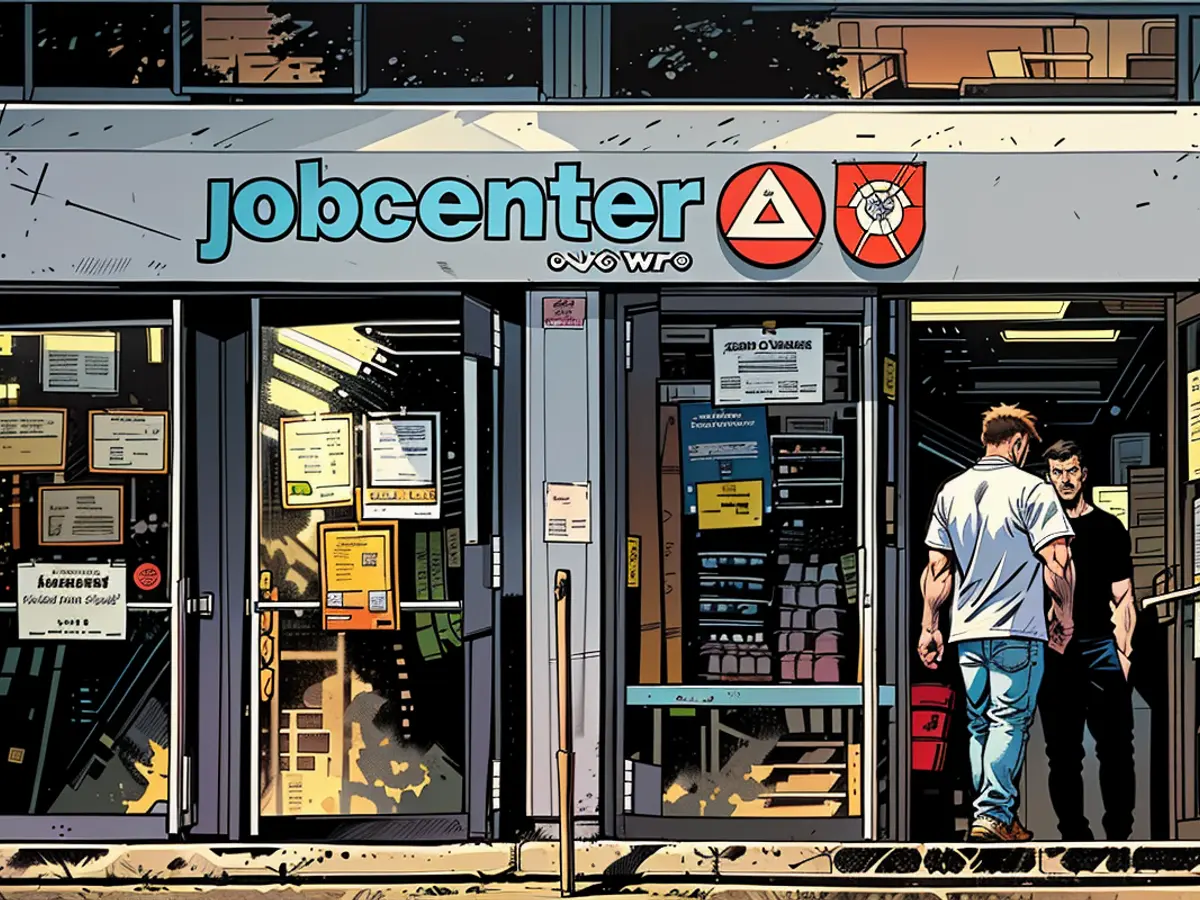- Die Länder setzen in bestimmten Regionen freiwillig transparente Immobiliensteuersysteme ein.
Ab dem neuen Jahr planen mehrere Städte und Gemeinden die Einführung einer neuen Grundsteuer. Allerdings sind viele Grundstückseigentümer noch im Dunkeln über die genauen Kosten, da der entscheidende Prozentsatz, der am Ende der Berechnung addiert wird, in den meisten Fällen noch nicht bekannt gegeben wurde. Die meisten Städte planen, ihre Sätze erst im Herbst zu veröffentlichen.
Laut dem Deutschen Städte- und Gemeindebund ist diese Verzögerung auf die Unverfügbarkeit der notwendigen Grundstückswerte zurückzuführen. Allerdings zeigt eine Umfrage von Capital unter den 16 Finanzministerien der Bundesländer, dass die Finanzämter bereits Benachrichtigungen mit den neuen Grundsteuerwerten verschickt haben. Der Deutsche Steuerzahlerbund (DSTG) unterstützt dies und gibt an, dass 93 bis 95 Prozent der Grundstückseigentümer ihre Steuererklärungen abgegeben haben und etwa 90 Prozent bewertet wurden.
Trotz allem sind die Finanzämter mit Einsprüchen überfordert. Nach dem Aufruf des Bundes der Steuerzahler (BdSt) zur Widerstandsleiste hat sich die Anzahl der Einsprüche stark erhöht: Die Einspruchsquote liegt ungewöhnlich hoch bei 20 Prozent. Dies wird auch von den Statistiken des Bundesfinanzministeriums bestätigt, wonach im Jahr 2023 fast 10 Millionen neue Einsprüche eingereicht wurden, was einem Anstieg von über 233 Prozent gegenüber dem Vorjahr entspricht.
Eine Einnahmeneutrale Grundsteuer für wen?
Da die Gemeinden ihre Sätze noch nicht bekannt gegeben haben, sind viele Haus- und Wohnungseigentümer unsicher. Die neue Bewertung hat zu Grundsteuerwerten geführt, die für die meisten Grundstücke deutlich höher sind als die bisherigen einheitlichen Werte. Aufgrund der höheren Berechnungsgrundlage wird die Steuerlast für viele voraussichtlich steigen, selbst wenn die Gemeinden ihre Sätze beibehalten.
several federal states now aim to inform their citizens about the range within which the municipalities' rates should fall to implement the "revenue-neutral" reform. The government had promised this when the Federal Constitutional Court called for property tax reform in 2018. The municipalities should set their rates so that their property tax revenue after the reform is similar to that before. This reform should not be used to increase taxes. However, this does not mean that every property owner will pay the same property tax in 2025 as before. Some may face increased or even decreased burdens.
Transparenzregister in sieben Bundesländern
While Saxony, North Rhine-Westphalia, and Hesse have already published suitable rates on their websites, Baden-Württemberg, Rhineland-Palatinate, and Schleswig-Holstein plan to set up their transparency registers in September or October. Brandenburg plans to follow in November. These registers are intended to serve as guidelines for the key people in the town halls and councils on how to maintain the property tax overall at a stable level.
However, the states can only make recommendations for the rates, and the cities and municipalities ultimately decide how high their rate must be to fund schools, kindergartens, and road maintenance with the tax revenue.
Lower Saxony and Mecklenburg-Western Pomerania have taken a middle ground. There, municipalities are required to publish the revenue-neutral tax rate. If a municipality wishes to deviate from this, it must also announce it. "This ensures maximum transparency," says the Ministry of Finance of Mecklenburg-Western Pomerania.
Meanwhile, some federal states have no plans for a transparency register. According to the Ministry of Finance of Saxony-Anhalt, whether the property tax is structured revenue-neutral depends largely on the responsible behavior of the municipalities within their tax rate autonomy. The state government also considers a register to be unreliable, as property owners are more concerned with the specific impacts of the reform on their own properties than with revenue neutrality.
The Ministry of Finance in Thuringia does not want a transparency register because it would restrict the tax rate autonomy of municipalities and cause high administrative burden: "The land's only very roughly calculable model tax rate limits the decision-making power of mayors and city councils."
It's a bit clearer in the city-states. In Hamburg, negotiations are still ongoing about what tax rate will apply to Hamburg's property and real estate owners. In Bremen, an agreement has already been reached on a tax rate of 755 percent. The city of Bremerhaven, which also belongs to Bremen, sets its own tax rate but has promised revenue neutrality, according to the Senate's information.
Berlin was the first federal state to set a property tax rate for 2025 in February. For built-on and buildable properties, it was almost halved from the current 810 percent to 470 percent. The reduction is necessary because properties in the east were previously undervalued due to the city's former division, and the tax burden for owners in East Berlin was set to increase significantly from 2025.
In this context, it's crucial to note that the decision to reveal property tax rates falls under the jurisdiction of each municipality. Therefore, homeowners in many areas are eagerly awaiting information from their local [Municipality] regarding the specific tax rates.
Furthermore, to maintain transparency and uphold the promise of a revenue-neutral property tax reform, some states are encouraging municipalities to publish their rates in a transparent manner, enabling citizens to understand how their taxes will be affected.







